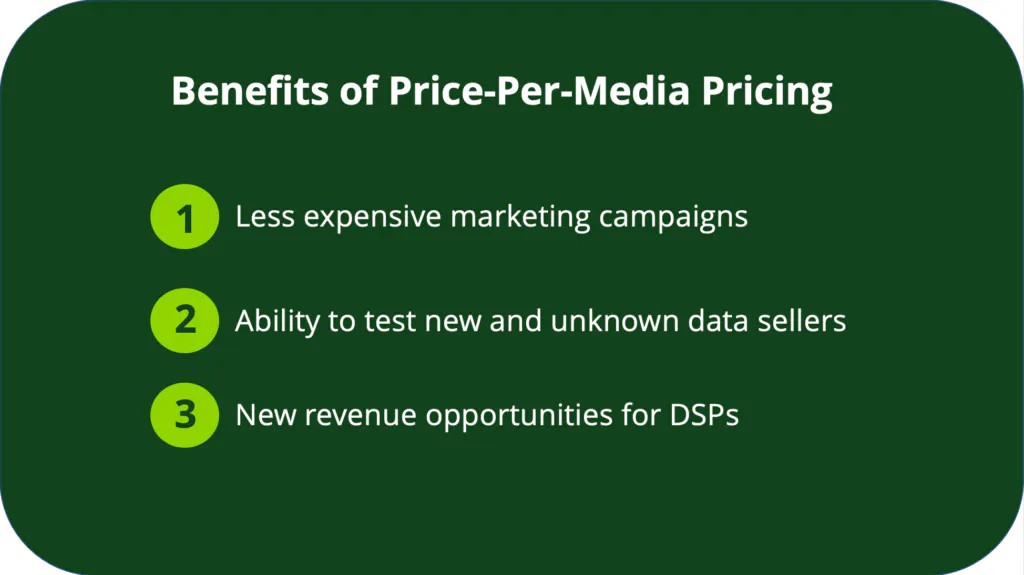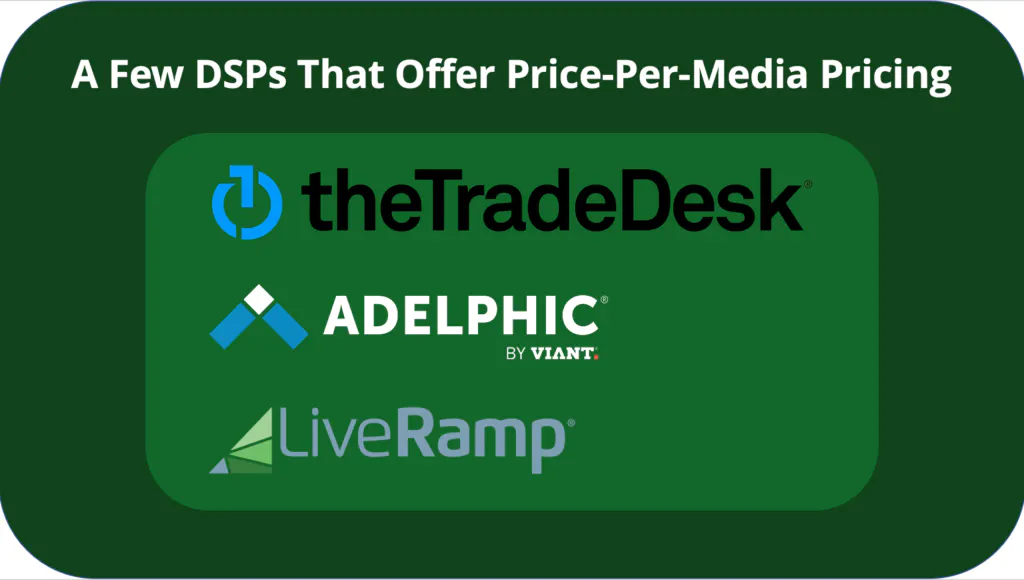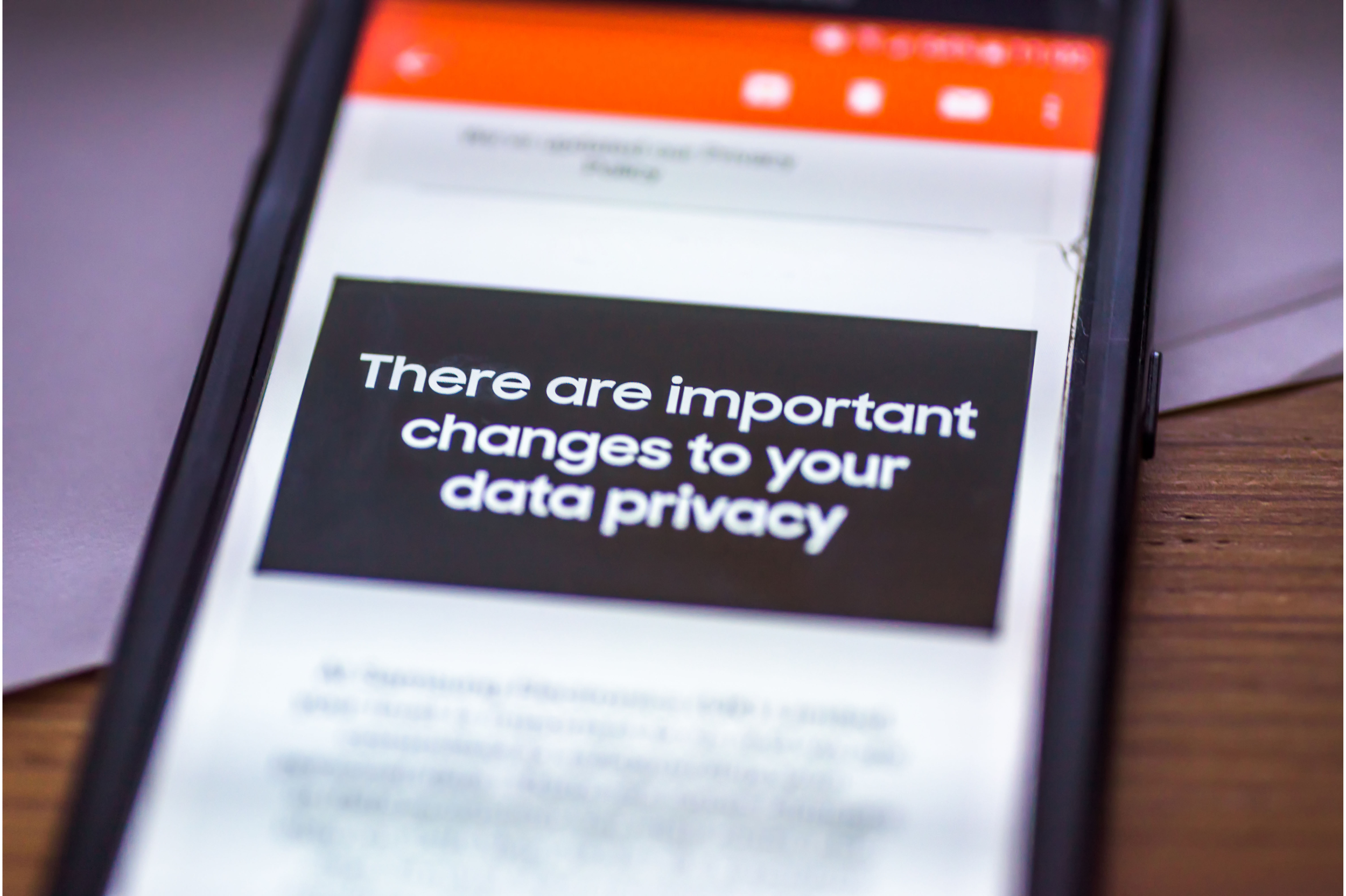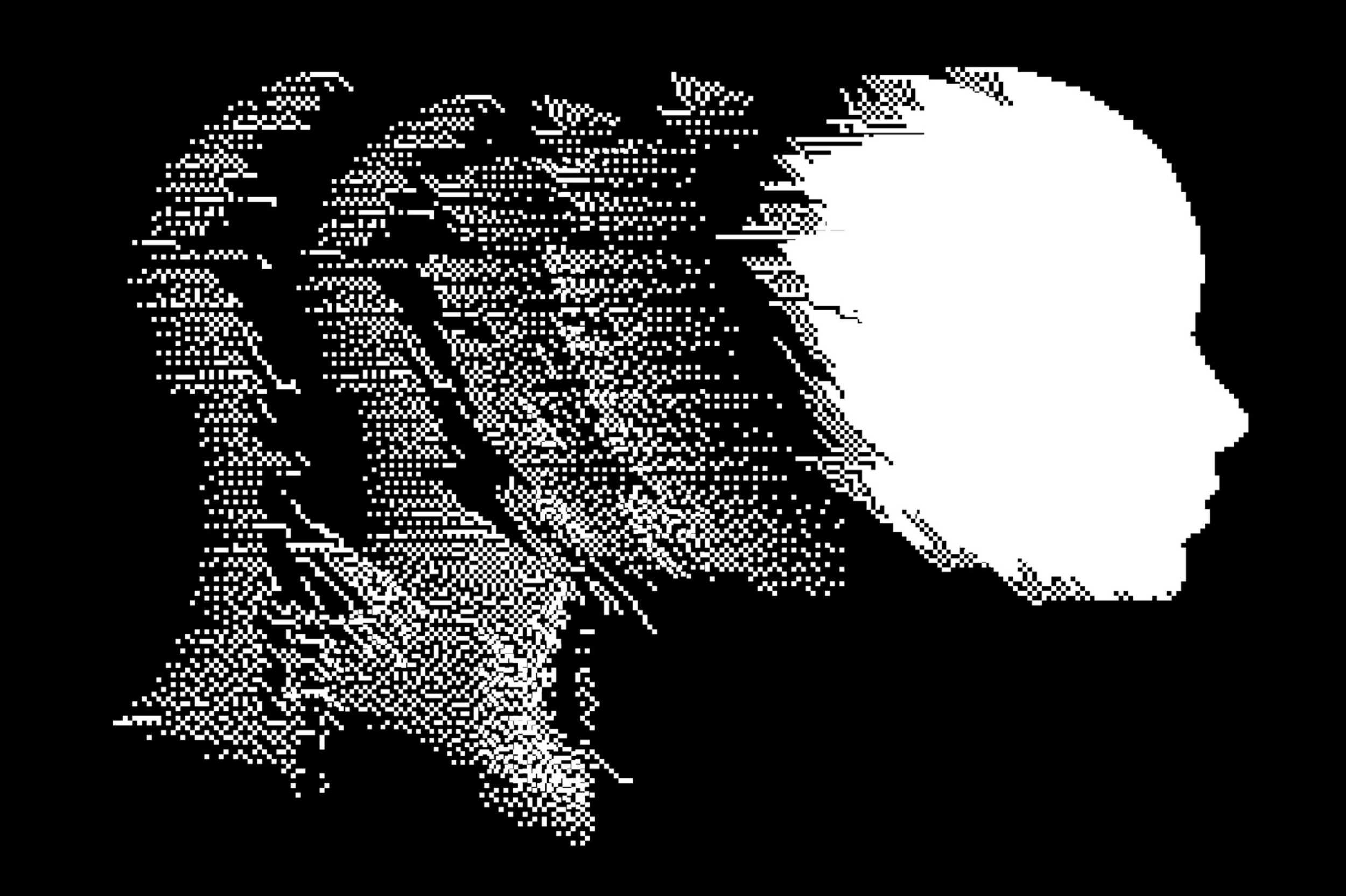Programmatic ad buying is a complex and technology-rich marketing tool that offers marketers increasingly automated ways to purchase digital advertising at considerably lower costs than “human-driven” methods. It’s fast-moving, feature-rich and constantly changing. According to Statista, programmatic advertising is also one of the most widely used marketing tools, with 2020 global spending hitting $129 billion and expectations for 2021 as high as $155 billion. That’s a healthy 20% increase. Of that annual spend, U.S. media budgets accounted for 54%. Match2One predicts 88% of all 2021 digital display marketing in the U.S. will be programmatic advertising.
With data costs built into most pricing models, and the cost of data continuing to rise, so do the costs per impression. That leaves fewer dollars for actual media at a time when media budgets are already shrinking. Fortunately, there’s always something new around the corner—especially when it comes to data—and in programmatic ad pricing it’s called percent-of-media.

What is percent-of-media pricing?
Percent of media isn’t exactly a new concept, but its incorporation into demand-side platform (DSP) and data management platform (DMP) offerings is relatively new. Basically percent-of-media is exactly what is says: a percent of the media buy. This example from AdExchanger might help clarify.
“Instead of buying data at a fixed rate per thousand impressions, a percent-of-media model ties the cost of data to the cost of media.
“An advertiser, for instance, is unlikely to spend $2 per thousand impressions on data if the media itself has a $3 CPM. Instead of data consuming 40% of the budget, a percent-of-media price caps the cost in the 10-20% range.
“That cap means buyers who were previously priced out can now buy audience segments, opening a new market for data sellers. Specifically, this model is meant to appeal to advertisers running performance-oriented campaigns who want to target cheap inventory.”
Depending on the media buy, percent-of-media pricing can be less expensive for marketers, especially in smaller or less popular markets. Marketers can also use percent-of-media pricing to selectively test and even break into new and unknown markets—more cost-effectively than with cost-per-thousand, or cost-per-mille or CPM.
Most DSPs offering this pricing also cap the total data cost at the CPM equivalent, making it safe even when the buy runs higher than expected. And for DSPs, percent-of-media delivers new revenue opportunities on data that’s already available but might not sell otherwise. Kind of the best of both worlds all around.
How common is it?
Not surprisingly, pricing-per-media is catching on and making its presence known. Industry leaders including The Trade Desk (TTD), Adelphic and IRI’s LiveRamp are including percent-of-media pricing as part of their flexible, or ‘hybrid’, pricing models.
The Trade Desk (TTD), one of the most ardent advocates of percent-of-media data pricing, has been applying that model to its own Data Alliance for years. TTD’s Solimar platform is transitioning to a completely hybrid pricing model, giving customers the best of both worlds while optimizing data for the demand-side players as well. Their rationale is win-win: to support the increasing use of data to improve decisioning across every impression—thereby delivering better campaign results.
From TTD’s perspective, the use of a ‘hybrid’ percent-of-media pricing model with a CPM cap, helps ensure data prices align more accurately to value. Data value—relative to the media—fluctuates widely across all media channels, making a fixed data CPM price less useful.
For marketers, this hybrid model makes it easier to run more data on more impressions and establish a consistent relative value while keeping pricing simple and scalable across different media channels.
LiveRamp also includes percent-of-media in their flexible pricing models as does Adelphic, a self-described “omnichannel” DSP focused on pricing transparency. As part of that transparency, Adelphic offers customers a streamlined subscription price, netting marketers up to 80 percent savings on tech-related costs.
The good news is that programmatic marketing tech continues to improve and work well for many advertisers, as spending patterns demonstrate. What’s even more interesting, though, is how DSPs are continuing to help their customers leverage—and themselves to monetize—data that wouldn’t otherwise be used simply due to pricing factors. Only time will tell if the experiment will yield the kind of results that can change sectors. But it may be time to expand your options.
Takeaways
Programmatic marketing is maturing. Sector spending continues to grow, and leaders continue to find new ways to put data to work for marketers with greater pricing transparency using simpler and more cost-effective methods. Here at ShareThis, we’re intrigued, and watching with enthusiasm.






